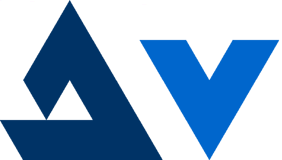On the morning of March 18, Andrew Jon, and Hussain took flight for Dublin, Ireland in order to to present DVation's project idea to the people at SAP’s Service and Support Center. We arrived in Dublin on March 19th and spent 4 days roaming the city. From the surrounding suburbs to the city center we explored parks like Phoenix Park and St. Stephen’s Green, tasty brunch spots like Brother Hubbard, and pubs like Temple Bar and Fitzsimons. We also sipped some coffee from a few cozy cafes and did some reading and work.
After the few days of exploring Dublin, we were ready to get down to business and present to the folks at SAP. Our two hosts, Chris and Manish, kindly put together a great agenda for the day. First, Chris met us around 9:45am, took us to coffee, and prepped us for the day ahead. Then we headed to our conference room for the day where we gave our presentation at 10:15am. The presentation went extremely well and by the end we had the folks at SAP jokingly making offers about investing in our company. Additionally, we received some great questions about the product that we had yet to consider. For example, one person asked “how does our product work handle the case of a globalized company? Will it cater to companies that extend across time zones and work in multiple languages.” Another person alerted us to the fact that “displaying a worker score may have negative effects if the score is visible to all, but the score would is extremely useful from a managers perspective.” We definitely plan to keep the things we learned in this meeting in mind as we continue to grow our product throughout the next quarter.
For part 2 of the day, Chris and Manish, had set up a lunch for us and meetings with folks who work with trouble tickets daily. These meetings really helped us understand the lifecycle of a ticket. Because of the NDA we signed, we cannot really expose any of the details specific to SAP that were mentioned but we can say these meetings led to multiple insights that will be extremely valuable in shaping our product.
As our time in Dublin came to a close, we had had a great time and left with some big takeaways. First, the reaction following our presentation affirmed the great value in our product. Second, there was a lot of insights to be garnered from truly understanding how a company handles trouble tickets. Lastly, Dublin is a fantastic place to do business and some team bonding.
DVation greatly appreciates the help of Jay Borenstein for setting us up with the visit to SAP and Chis, Manish, and the other people at SAP that met with us and showed us amazing hospitality.







